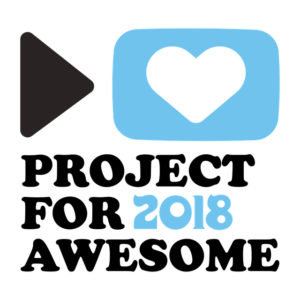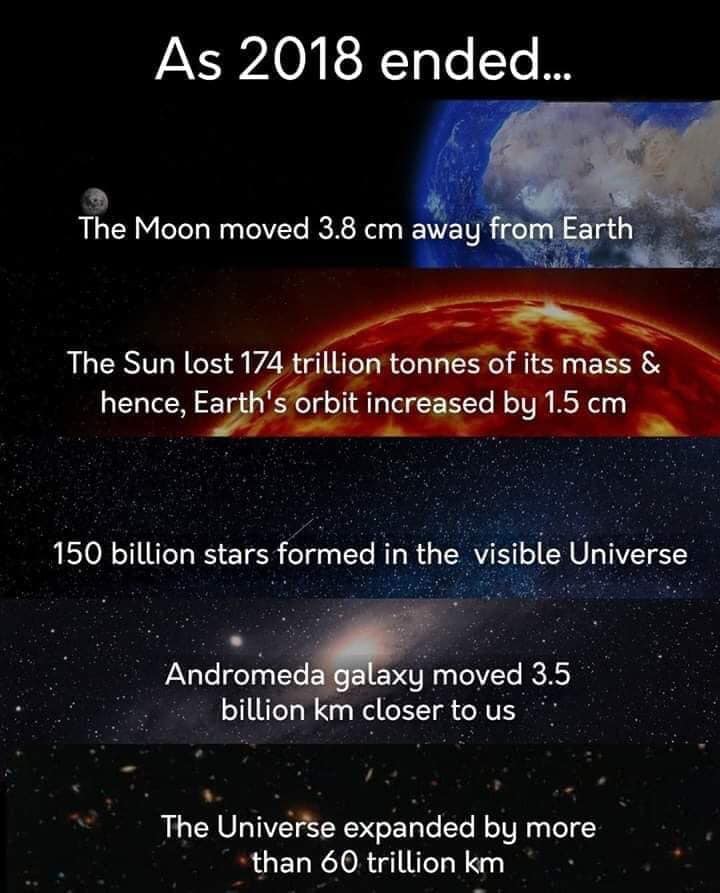
Category: education – Page 182

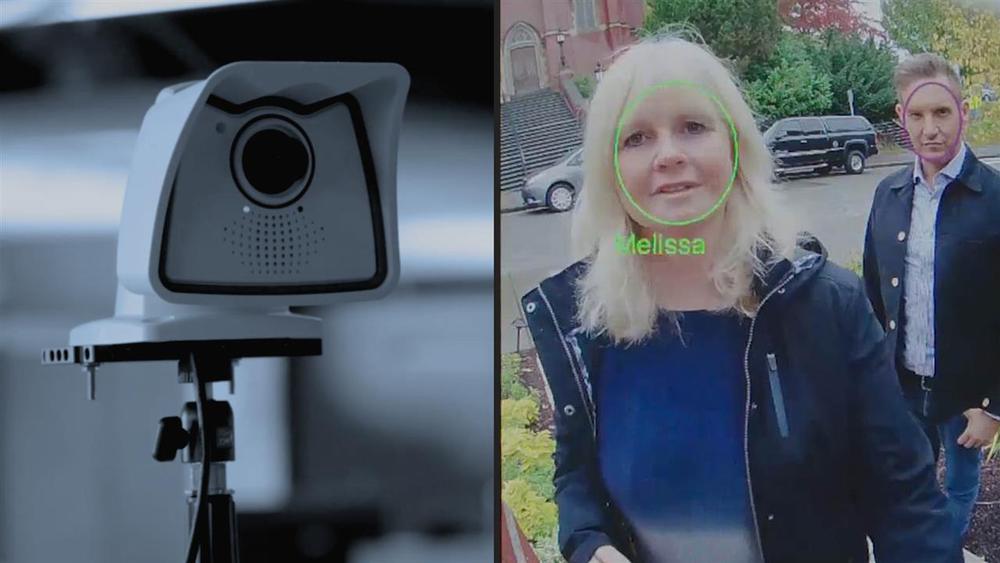
Facial Recognition Tech Aims to Identify Good and Evil
Facial recognition is going mainstream. The technology is increasingly used by law-enforcement agencies and in schools, casinos and retail stores, spurring privacy concerns. In this episode of Moving Upstream, WSJ’s Jason Bellini tests out the technology at an elementary school in Seattle and visits a company that claims its algorithm can identify potential terrorists by their facial features alone.

Biohacker injects himself with DNA sequence made from Bible and Koran verses
A biohacker injected himself with DNA sequence made from parts of the Bible and Koran in a risky experiment because he “wondered whether it would be possible.”
Adrien Locatelli, from Grenoble in France, translated religious passages into DNA code to build unknown proteins which he then poured into his body.
The high-school student risked potentially fatal consequences after conducting the procedure without any knowledge of the effects the proteins would have on his body.

If energy can’t be created, where did it come from in the first place?
We’re taught at school that energy can’t be created, merely converted from one form to another. But at the birth of the Universe – that is, everything – the energy needed for the Big Bang must have come from somewhere. Many cosmologists think its origin lies in so-called quantum uncertainty, which is known to allow energy to emerge literally from nowhere. What isn’t clear, however, is why this cosmic energy persisted long enough to drive the Big Bang.
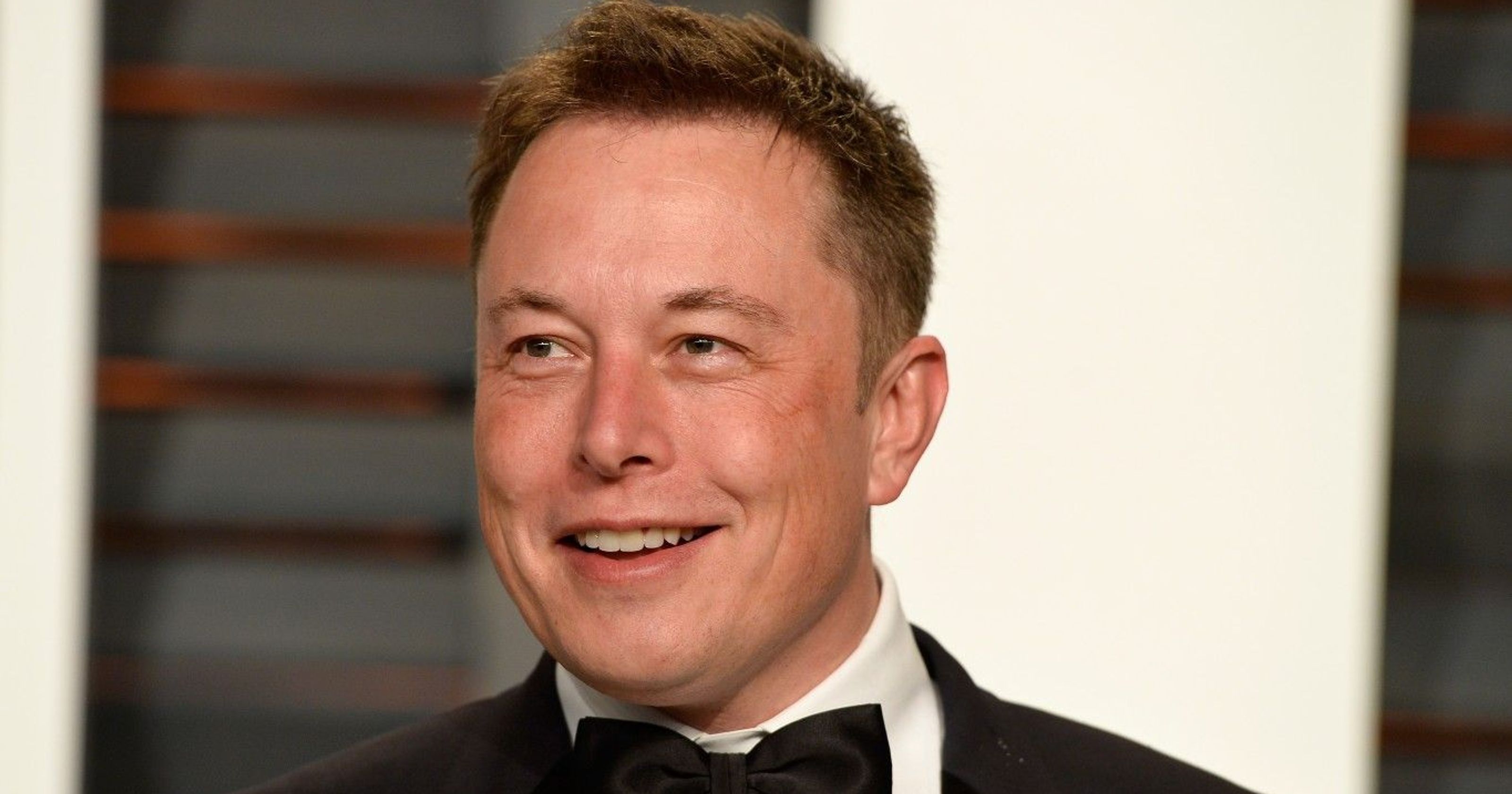
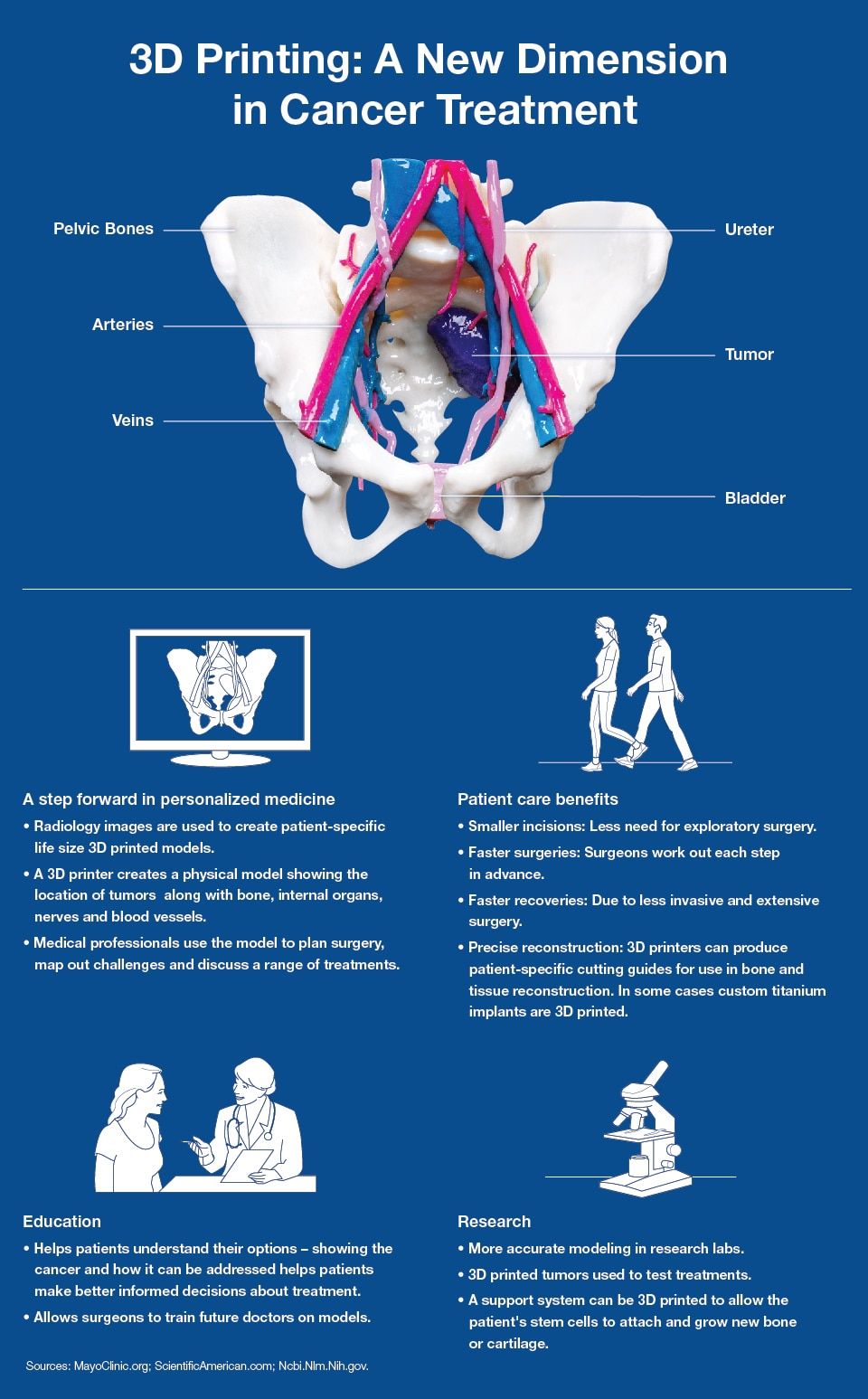
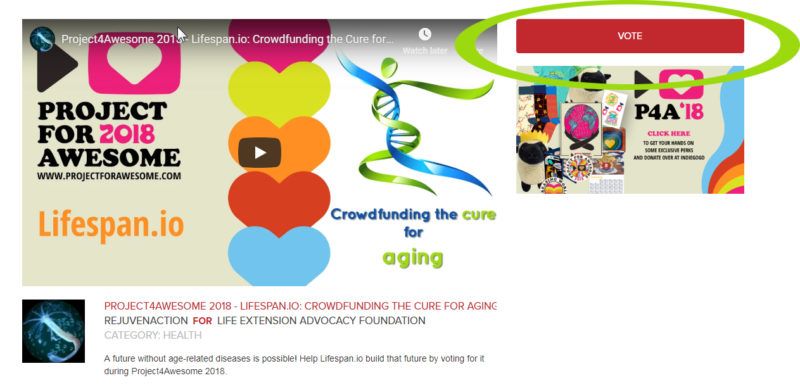
Support the Drive to End Age-Related Diseases During Project for Awesome
Project for Awesome (P4A) 2018 is finally here, and you can help us to win much-needed funds at no cost to you by voting for the videos supporting our charity.
Every year, a number of charities are chosen through voting, and they each receive a sum of money based on what the fundraiser at P4A has raised. In the past, charities have received around $25,000 each, which is a considerable sum, especially for a small non-profit org such as LEAF.
With these funds, we can purchase new equipment to support reporting at conferences and events and to bring our audience the best media experience possible. We are also planning to host a second conference in New York City in 2019, and this will be far more ambitious in scale and will be a two-day event rather than the single-day conference we held this year; with your support, we can make this one of the top conferences supporting the field of rejuvenation biotechnology and make high-quality footage available to the public. Finally, we can use the funds to hire new writers in order to bring you even more high-quality news articles and educational pieces about aging and research.

Henri Becquerel and the Serendipitous Discovery of Radioactivity
Antoine Henri Becquerel (born December 15, 1852 in Paris, France), known as Henri Becquerel, was a French physicist who discovered radioactivity, a process in which an atomic nucleus emits particles because it is unstable. He won the 1903 Nobel Prize in Physics with Pierre and Marie Curie, the latter of whom was Becquerel’s graduate student. The SI unit for radioactivity called the becquerel (or Bq), which measures the amount of ionizing radiation that is released when an atom experiences radioactive decay, is also named after Becquerel.
Becquerel was born December 15, 1852 in Paris, France, to Alexandre-Edmond Becquerel and Aurelie Quenard. At an early age, Becquerel attended the preparatory school Lycée Louis-le-Grand, located in Paris. In 1872, Becquerel began attending the École Polytechnique and in 1874 the École des Ponts et Chaussées (Bridges and Highways School), where he studied civil engineering.
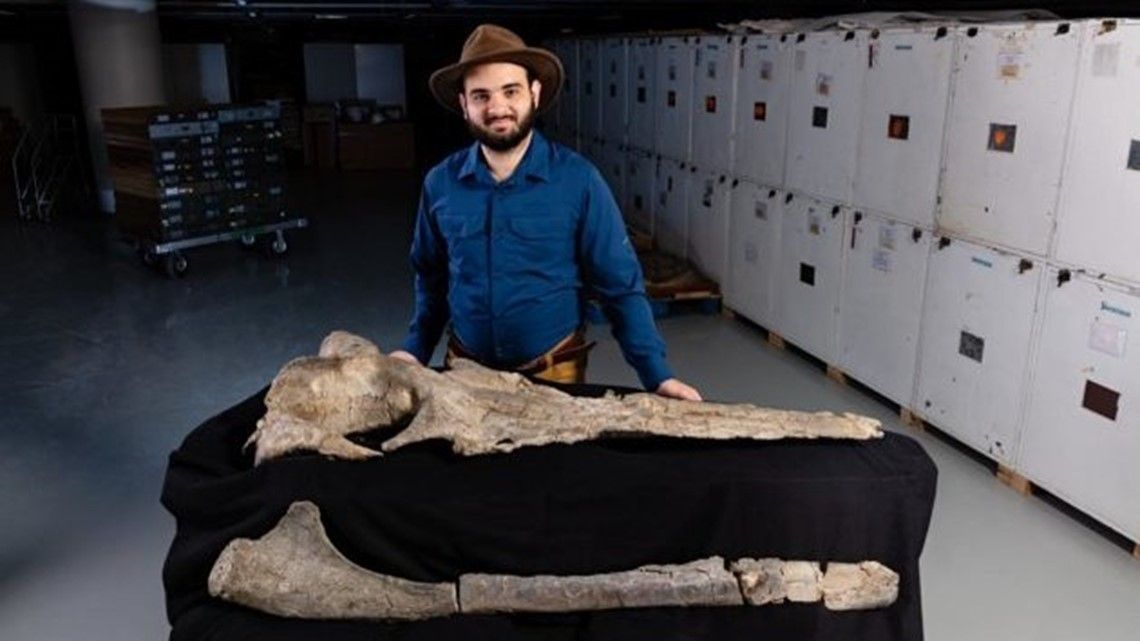
Fossil named after Burke Museum curator tells whale of a tale
A whale that lived 33 million years ago when present-day Oregon was part of the ocean floor has been newly named after a curator at the Burke Museum of Natural History and Culture in Seattle.
And Elizabeth Nesbitt’s whale isn’t your typical cetacean: An analysis of the fossil, published in the Nov. 29 issue of Current Biology, suggests that Maiabalaena nesbittae bridged a gap between species of whales that had teeth and species that have a different mouth-feeding mechanism known as baleen.
“For the first time, we can now pin down the origin of filter-feeding, which is one of the major innovations in whale history,” study co-author Nicholas Pyenson, the National Museum of Natural History’s curator of fossil marine mammals and an affiliate curator at the Burke Museum, said in a news release.
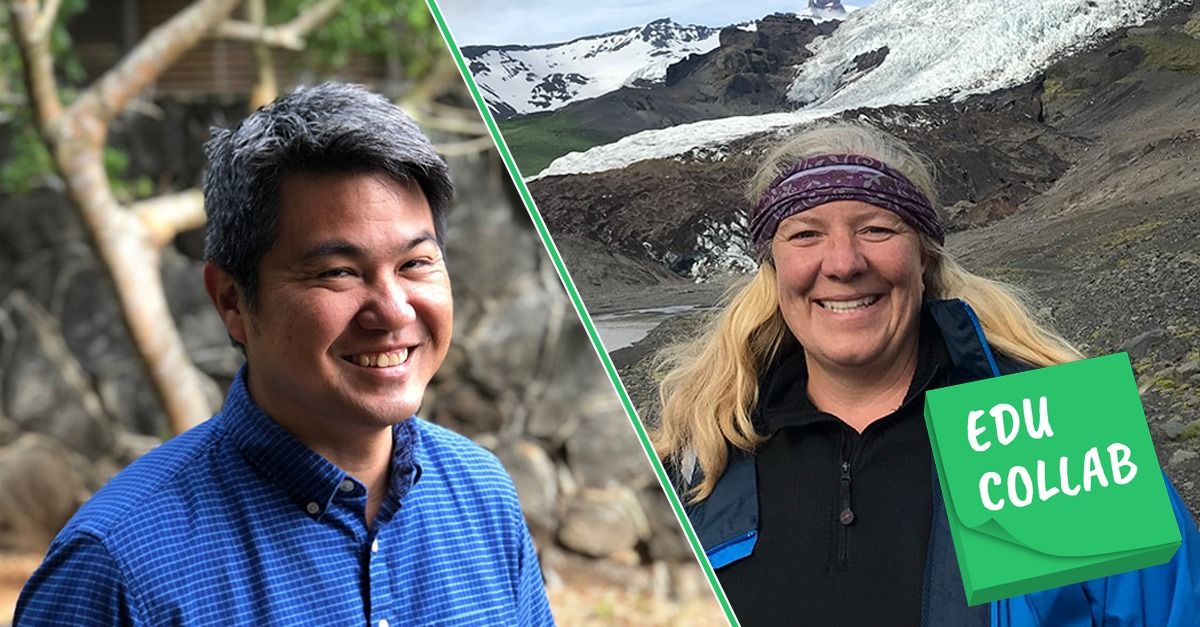
Recruiting The Next Generation Of SciFri’s Educator Collaborative
When did you first get the science bug? For me, it was my professor Tom Carlson who taught a summer class about medical ethnobotany. Seeing him chase bumblebees around the University of California, Berkeley botanical garden and describe how they fit into a foxglove flower was a life-changing experience. And this personal story is not unique—many of us can probably name a science teacher, professor, parent, or educator who got us hooked on science. That’s why education is such an important part of what we do at Science Friday. We know that’s where the spark for science often ignites.
It’s also why we team up with science educators across the country in our Science Friday Educator Collaborative Program, in which educators work with SciFri staff to develop resources for science learners everywhere. Two of this year’s Educator Collaborators, Randy Otaka and Katie Brown guide us through their creative process of designing hands-on STEM activities—from modeling camouflaging cephalopod skin with cocktail umbrellas to using design thinking to better engineer shelters for disaster relief. And if you are an educator and this sounds like something you want to do, applications are now open for the 2019 program! Science Friday’s education director Ariel Zych joins Ira to tell you how to be a part of the next cohort.
Apply for the 2019 SciFri Educator Collaborative cohort! You can click on the green notepad at the top of this page or click here to go straight to the form. We will be accepting applications until Friday, January 4th, 2019 5 PM EST.
